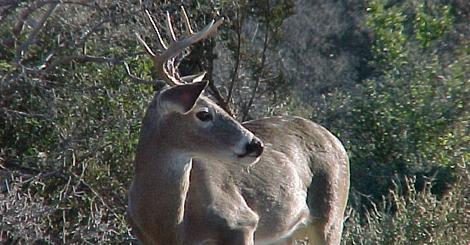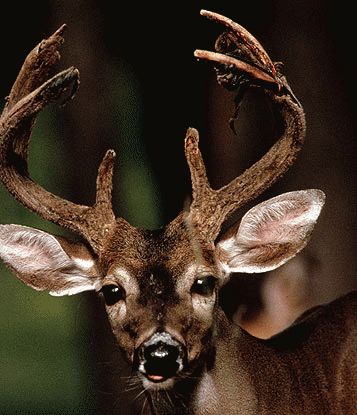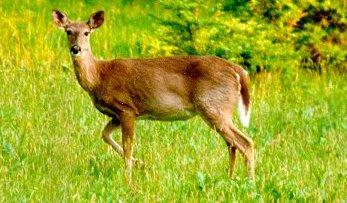The Managed Lands Deer Permit (MLDP) program as developed by Texas Parks and Wildlife Department (TPWD) allows Texas landowners involved in a formal deer management program to have the state’s most flexible seasons and increased harvest opportunities. The MLDP program is incentive based and focused on habitat management. The program really is set up to help landowners manage white-tailed deer. Participation in the MLDP program requires a written Wildlife Management Plan (WMP) approved by a Texas Parks and Wildlife Department (TPWD) biologist. However, a TPWD biologist, a landowner, or a landowner’s designated agent may prepare the WMP. A WMP prepared by a landowner or an agent must be in a format approved by TPWD and submitted to TPWD for approval. Although the program seems to be set up to run with minimal paperwork, permits will not be issued unless the WMP has been approved.
There are 3 levels of MLDPs (Level 1, 2, and 3). Higher levels offer additional harvest flexibility to the landowner, but also have more stringent habitat management requirements. There is no fee or written application, other than the WMP, for the MLDP program. Landowners or their designated agents should contact their local TPWD Wildlife biologist to request permits, but don’t wait until right before deer season. New applicants should submit all required information to their local TPWD contact by August 15 if they want to receive their permits before hunting season opens.

Permits are issued by the TPWD biologists through the Texas Wildlife Information and Management System (TWIMS), a computer automated system. Permits are mailed out of Austin each year after a TPWD biologist enters or modifies a harvest recommendation in the database. By the way, permits are valid only for the specific ranch for which they were issued.
An approved WMP will include an annually updated harvest recommendation for does and/or bucks, dependant on the level of participation. The annual harvest recommendation will determine the number of permits to be issued and will establish the maximum harvest for the property. If permits are issued after the start of deer season, all deer harvested prior to permit issuance, regardless of permit level, must be counted towards the maximum quota. Subsequent survey data may indicate a need to amend the harvest recommendation, which could result in a supplemental issuance of MLDPs.
Once permits are issued, all deer harvested (with the exception of buck deer on Level 1 properties) on that property must be tagged with the appropriate MLDP. Completion of the hunting license log and use of a hunting license tag are not required for deer harvested under the authority of a MLDP, but since all deer must have the MLDP, harvest is stricly regulated and intended to meet a landowners objectives.
Providing reliable harvest data, including accurate ages as determined by tooth wear and replacement, is a requirement for program participation. A suggestion for untrained individuals is to remove and label one jawbone from every deer harvested for a wildlife biologist to age at a later date. Jawbones must be labeled in such a way that the biologist can identify the deer on the data sheet. Check this out for more information on the aging deer using the tooth wear technique.
Now, it’s time for specific information about TPWD’s MLDP program. This information is straight from TPWD’s website: Continue reading “Managed Lands Deer Permit (MLDP) Program”





